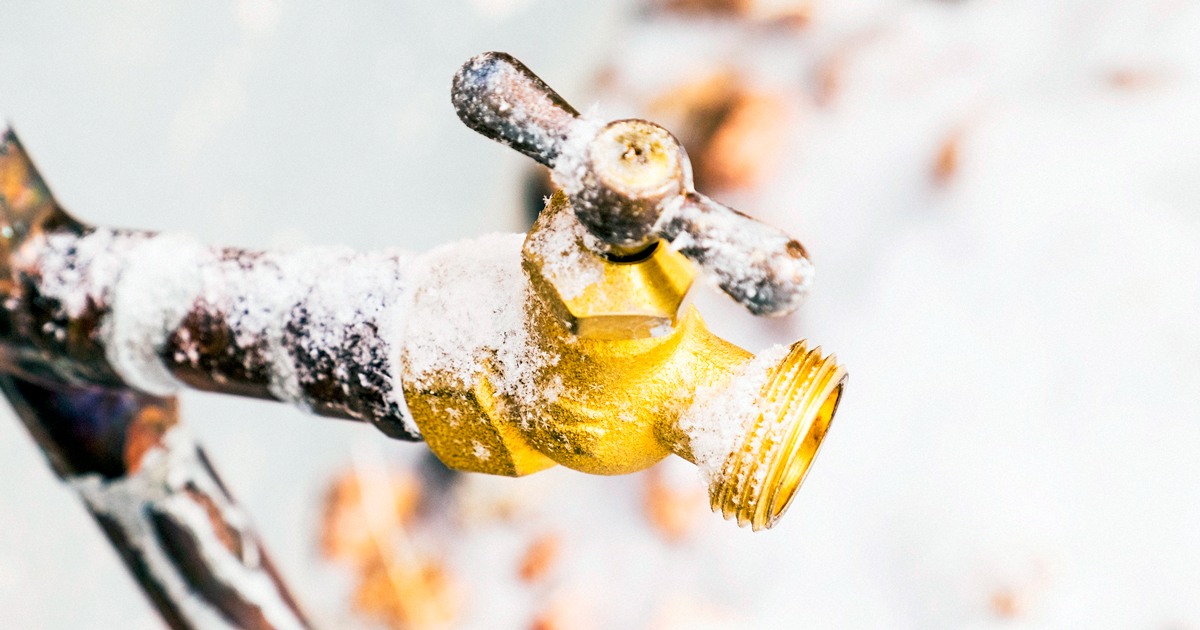Now that winter is coming and the temperatures are plummeting, the problems caused by freezing and ice are making a return. Surely there have been occasions in winter when you exited the garage with your car and were faced with an icy ramp? Or you went back to your holiday home in the mountains and found the downpipes full of snow? Or even you noticed that a pipe had broken because of the ice that formed inside it?
An icy patch on the asphalt can make you lose control of the car, a frozen step on the stairs can cause serious falls, the pressure of the water that freezes in a pipe can break even the strongest of pipes, especially in more exposed areas, e.g. in the joints and near the taps.
What to do to prevent freezing and ice?
There are useful allies against low temperatures: heating cables. They are electrical cables with the ability to quickly heat the surfaces or liquids to be treated. All heating cables are supplied with 230V-50Hz power and come in various capacities, depending on the use for which they are intended and the conditions and temperatures under which they must be installed.
Heating cables are particularly suited for preventing ice from forming on access and/or garage ramps, or on pavements, stairs or external pedestrian walkways, making these surfaces highly slippery and dangerous. They can also be used in gutters and downpipes to prevent snow or ice from accumulating and preserve their functions intact. They are also triggered automatically to heat pipes and prevent breakages, preventing possible damage caused by low temperature to pipes, drainpipes, valves, taps, water meters, drinking troughs, vases and small tanks.
Two technological solutions
There are constant power heating cables and self-regulating heating cables.
Those of the first type are suited for preventing the formation of ice on road ramps and pipes, and deliver constant power. They require the use of control thermostats and are made up of a spiral resistance, which comes into contact with two conductors at regular intervals, releasing the energy needed to heat the cable. They are used for protection against freezing pipes for misting, irrigation and fire prevention systems. They are especially effective outdoors also for snow protection on roofs, ramps and chutes, parking lots and pavements.
Heating cables of the second type are ideal for maintaining the temperature of liquids and deliver power that can change. They vary the emission of heat automatically, with no need for control thermostats, which are however recommended to reduce electricity consumption to a minimum. Thanks to specific polymers, they modify the resistance depending on the temperature to which they are subjected. They can be switched on or off at request, either along their entire length or in sections. They can also heat liquids to very high temperatures, for example in domestic hot water applications, helping to prevent the formation of bacteria.
Various applications
For pipes
They can be placed linearly along the entire length of the pipe or in a spiral and are usually placed under the pipe’s insulation.
For external ramps
They are installed under pavement systems (the depth depends on various factors), are quite easy to install and adapt to various types of paving.
For gutters and downpipes
They are mostly used in mountain regions prone to heavy loads of snow and at low temperatures, to prevent the risk of ice falling. They are placed along ducts to prevent the accumulation of ice and snow and therefore always ensure that gutters and related downpipes can function properly.
Forms of alternative energy
They can also be used for underfloor heating. They are mainly used in new buildings or in large-scale renovations that envisage laying down completely new floors. They are used either as a source of primary heating or to improve comfort and keep floors warm; they comply with safety, hygiene, energy efficiency requirements and standards, without requiring maintenance.
Easy to install and maintain
The main advantages of heating cables are that they are easy to install with no need for maintenance. They are a handy solution that works immediately, which makes it possible to provide a quick answer to issues related to low temperatures. If they are to be installed under floors and surfaces, their laying should be taken into account from the design phase.
Discover the Fantini Cosmi range of heating cables.




